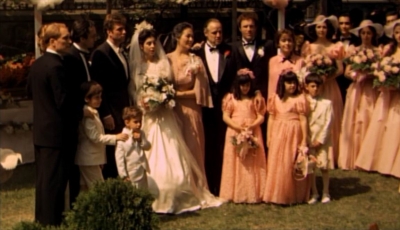Film, Genre, and Representation

Researcher(s) (CIMS)
Isolde Vanhee
Supervisors (CIMS)
Funded by
Sint-Lucas Visual Arts College
Presentation
The family is one of the oldest of human institutions. Therefore it has been the central research subject of a wide range of scholars in a vast area of disciplines. Economists study the family as a economic unit, psychologists map emotional relations between family members, historians trace the roots of the nuclear family, to name but a few. Within film studies, research on family representations has been rare — with the important exception of the elaborate writing on family melodramas. However, the concept of family is not at all restricted to the melodrama. Family representations are omnipresent in American genre cinema and cut across all genre categories. Within every genre the family has a different role to play and is visualized accordingly. The family has held a prominent place since the earliest days of the gangster film. The classical era of the gangster film is the 1930s with the canonical trio Little Caesar (Mervyn LeRoy, 1930), The Public Enemy (William Wellman, 1931), and Scarface (Howard Hawks, 1932). These films have remained under the scrutiny of academics and continue to be important touchstones for filmmakers. In the New Hollywood that arose in the late sixties, the core of the genre did not change, since the narrative still focuses on a gangster defying societal norms and rules. However, this stable premise is not matched by equally stable genre codes. Numerous subgenres and short-lived cycles testify to the impact of social upheavals, influential directors, and an evolving film industry. These genre processes inevitably affect the representation of the family. The dialectical relation between genre developments and family representations is analyzed from both an ethical and aesthetic perspective. Therefore, film, genre and representation are considered as concepts with sociocultural and artistic dimensions, building on theories and methodologies from art, film and media studies.